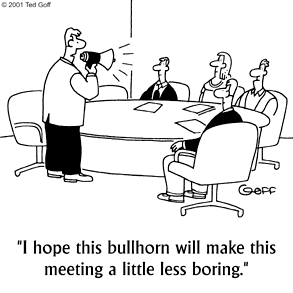There’s A Big Difference Between ‘H.R.’ And ‘High Performance’ Happiness At Work
Whether it’s perks like free food and awesome campuses, or data-based efforts to figure out what makes employees tick, there’s an increasing focus on making employees happier at work, hoping that it will pay dividends in terms of productivity and cooperation.
According to Cliff Oxford, the founder of the Oxford Center For Entrepreneurs, most of the talk about employee happiness is entirely off base.
In a New York Times blog post, he argues that there’s an extremely important distinction between “H.R. Happy” and “High Performance Happy.” Most companies are obsessed with “H.R. Happy,” when true success comes from the latter.
“H.R. Happy” is defined by friendly bosses, the occasional conversation about hobbies outside of work, the occasional birthday party, and maybe even the ability to take the dog to the office.
High Performance Happy, Oxford writes, “is an attitude with a skill set that says we are on a mission that is bigger than any one of us. We find our happiness in being on a world-class team that is making a difference.” It’s about giving people plenty of responsibility, and realizing that nothing makes people happier than delivering on that trust.
Oxford makes a very important point. Obviously, a pleasant work environment and good relationships mean a lot. But no amount of perks will matter if you don’t have great people doing something they believe in and care about.
That kind of culture takes a great deal of work, mostly in hiring the right people and making sure that they’re open and candid with one another. One of the most consistent things that people find when they look at the data on success is that the top performers are the ones who learn rapidly on the job and thrive in undefined situations.
Finding those people can be difficult, but it’s worth the effort. Relying on perks to produce happiness and productivity is using a small lever, and gets a small effect. Ideas, responsibility, and growth are much bigger motivators.
Image credit: Mass Communication Specialist 3rd Class Daniel A. Barker/Wikimedia Commons








